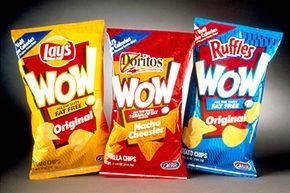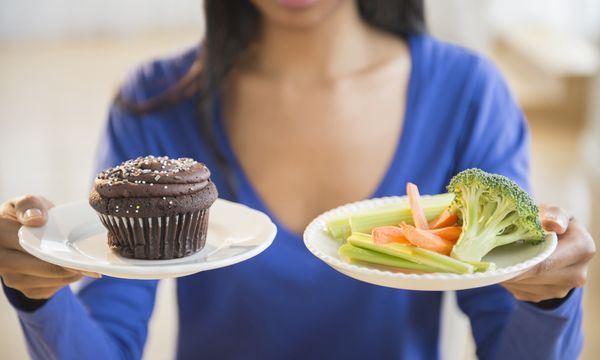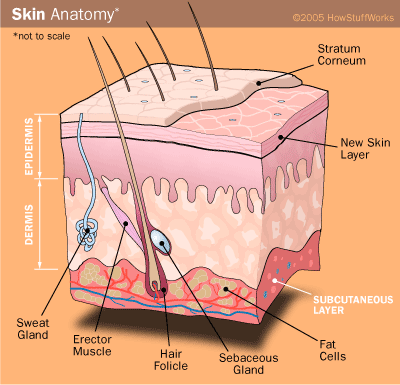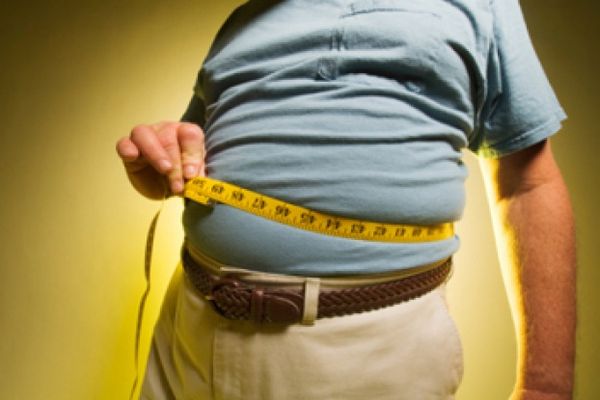Wouldn't it be great if we all ate exactly what we wanted and exercised only as much as we genuinely liked, yet still beamed with joy when we stepped on a scale? You know, like if there were some magical machine that just sucked all the fat out of all the foods we like, but still left them tasting delicious?
Alas, until that machine is invented (Nobel Prize 2050?!?), we are left to maintain our weight loss by exercising and actually paying attention to what we eat. For some, that means eating less. For others, maybe it means eating a lot of low-fat or fat-free foods. But given that there is no magical machine, how exactly do these fat-free cookies and cake lose their fat content?
Advertisement
First off, what is fat? We all know what it looks like in our food, but when you zoom in on the chemical structure, you'll find that all fats have in common long chains of carbon atoms, with some oxygen and hydrogen atoms thrown in to keep things interesting (see How Fats Work). The long carbon chains in fat molecules make it really hard for fats to dissolve in water, so generally to get them to dissolve, you need some sort of organic solvent, like chloroform or methylene chloride. You may first think that washing our fatty foods with one of these solvents would do the trick of removing the fat. It's a good thought. After all, that's often how they remove the caffeine from coffee and tea. But fat actually does a lot for our foods, and simply extracting or dissolving away the fat will leave us with foods that don't really resemble their original versions. Fat, of course, adds flavor, but also helps with texture, browning and even extending shelf life. So before we just get rid of the fat, we need to think about how to keep all that flavor and texture in the foods so they still taste good.



